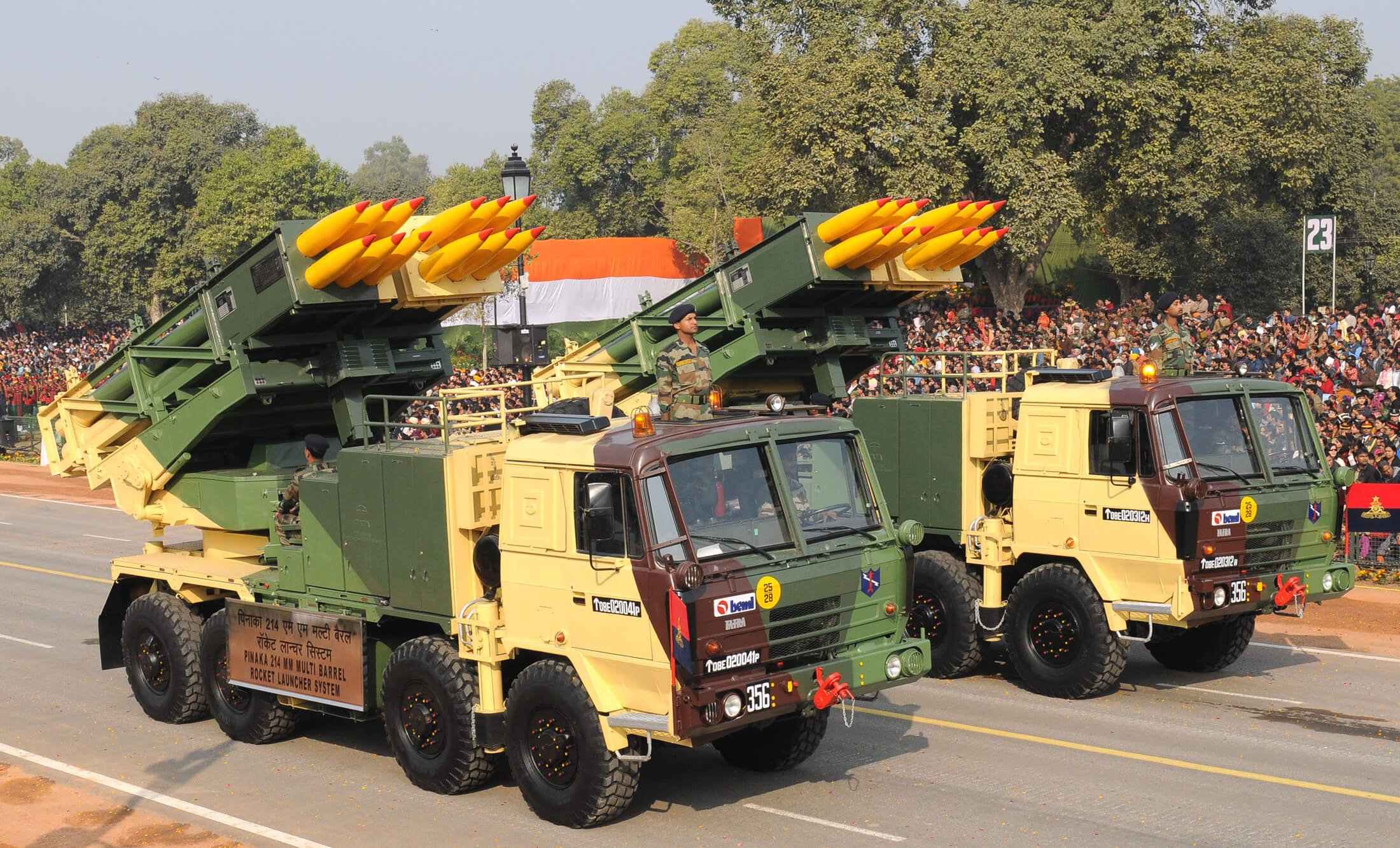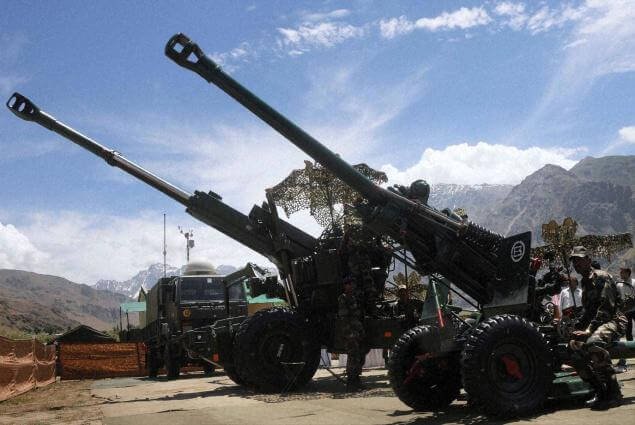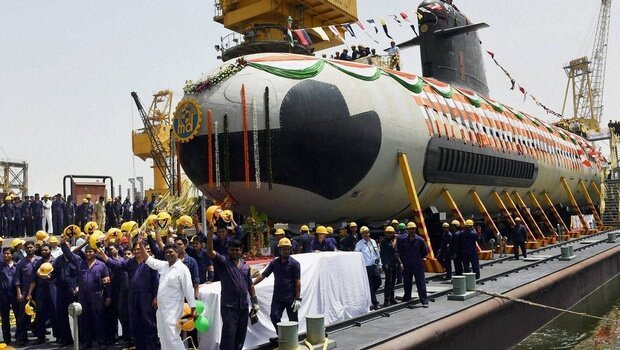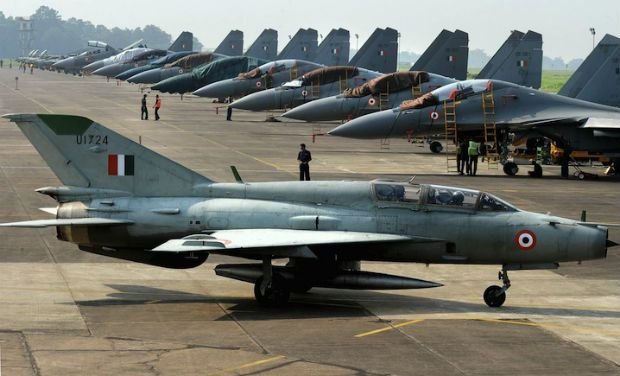On Thursday morning, Prime Minister Narendra Modi chaired a meeting of the Cabinet Committee on Security (CCS) to review the situation along the LoC.
The meeting cleared the acquisition of two more regiments of the indigenous Pinaka multiple-launch rocket systems (MLRS) for the Army, which will help the force boost its medium-range, high-volume firepower.

However, experts say that India’s defence military is suffering from operational gaps on several fronts.
According to a report by The Times of India, the union cabinet cleared the third and fourth Pinaka regiments at a cost of over Rs 3,300 crore. The Pinaka MLRS are manufactured by the Tatas and L&T based on technology developed by DRDO and have a strike range of 40 km.
But the army is facing operational gaps in the procurement of weapons. It is because defence procurement procedures are highly cumbersome. The other reason is the numerous corruption scandals which have led to successive governments blacklisting several defence deals and foreign contracts.

Here is equipment that Indian defence forces need:
Artillery
- No 155mm gun since Bofors
- A $737 deal with US on 145 M-777 guns still yet to be signed
- Indigenous Dhanush howitzer guns still under trial
- Insufficient war wastage reserves, war ammunition which cannot last 40 days of intense fighting
Navy
The Indian Navy is no better. Lapses in swift decision making and corruption scandals have plagued the force, reports Hindustan Times

- Only six-seven submarines operational out of 13. Six Scorpene submarines yet to be introduced. Only one nuclear-powered vessel INS Chakra
- Requires 147 anti-submarine helicopters as well as 100 utility vehicles

Air Force
- 33 fighter squadrons (18 fighter jets) available when the need is 42. The 36 Rafale fighter jets which were recently procured from France will be operational only in a few years.
- The existing MiG-21 and MiG- 27 squadrons are obsolete
- Indigenous Tejas jets are yet to be fully inducted in the air force
(Feature image source: Reuters)

















